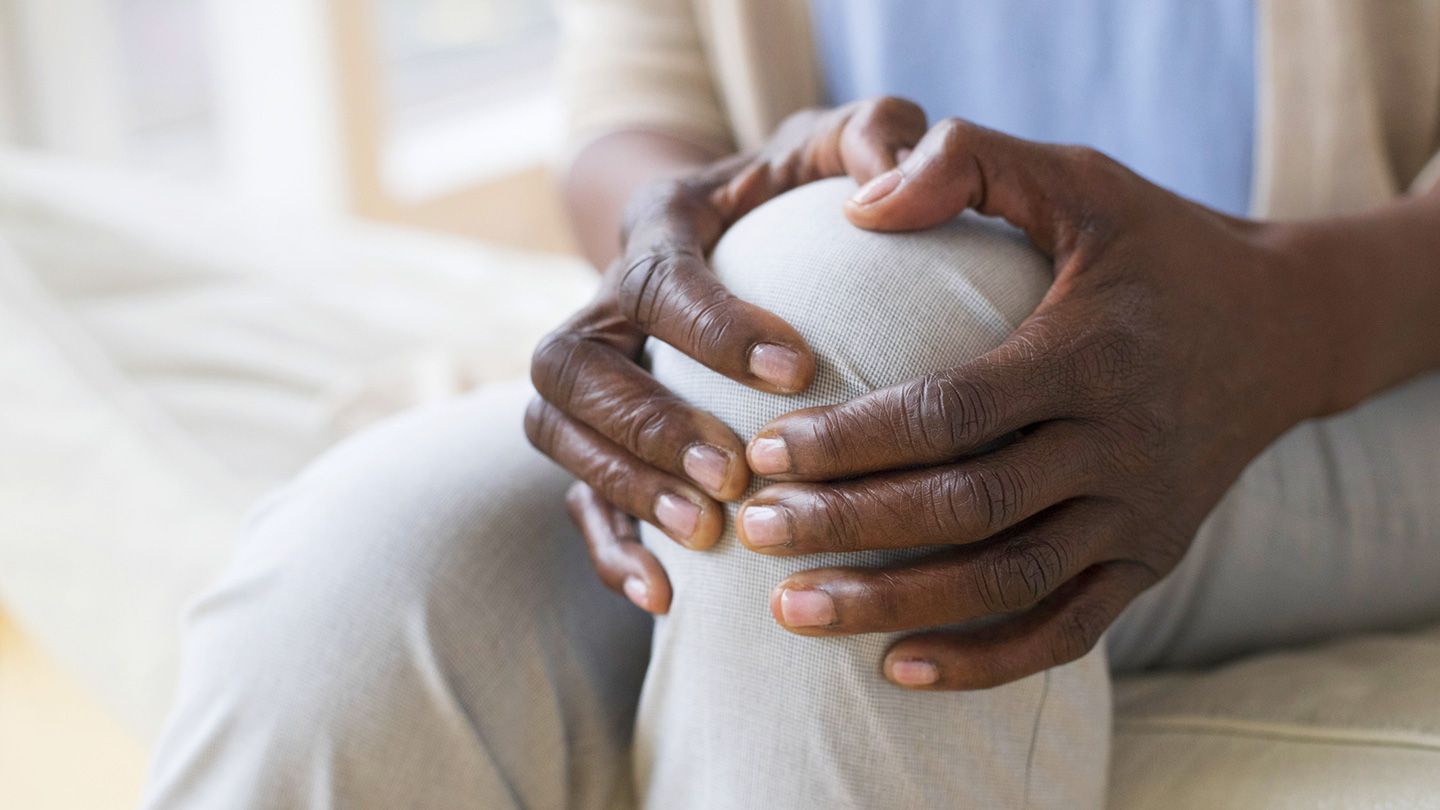What if your knee pain seems manageable and not so acute or debilitating that you need emergency care? Should you still check in with your doctor? A good rule of thumb is to consider how many lifestyle changes you’re making to accommodate the pain. If the pain is affecting your daily routine and your sleep, or if the pain is gradually worsening or persisting, it’s a good idea to speak with your healthcare provider about it.
The Pain Won’t Go Away
The pain could be due to the following:
Mechanical problems may be the source of knee pain that eventually requires medical attention. These include iliotibial band syndrome (ITBS), which commonly affects runners and cyclists and occurs when the iliotibial band — the tough band of tissue that extends from the outside of your hip to the outside of your knee — becomes so tight that it rubs against the outside of your thighbone. In addition to knee pain, symptoms may include hip pain, a clicking sensation on the outside of your knee, knee pain, warmth, or redness.
Sciatica — which generally refers to pain that travels from the lower back into the lower legs — can cause pain down the leg through the knee. If you’re unable to increase your pain level or feel a tender spot by pressing or touching your knee, your knee might not be injured at all — and you should consult your doctor to figure out what’s going on.
The Pain Could Be Related to Arthritis
Chronic or recurring pain, stiffness, or swelling in or around one or more of your joints could be due to arthritis.
Osteoarthritis, the most common type of arthritis, occurs when the cartilage in your knee deteriorates with use and age. Inflammatory forms of arthritis, like rheumatoid arthritis (RA), can also cause knee pain, as can gout, when uric acid crystals build up in the joint, and pseudo-gout, caused by calcium-containing crystals in the joint fluid.
Read the full article here




